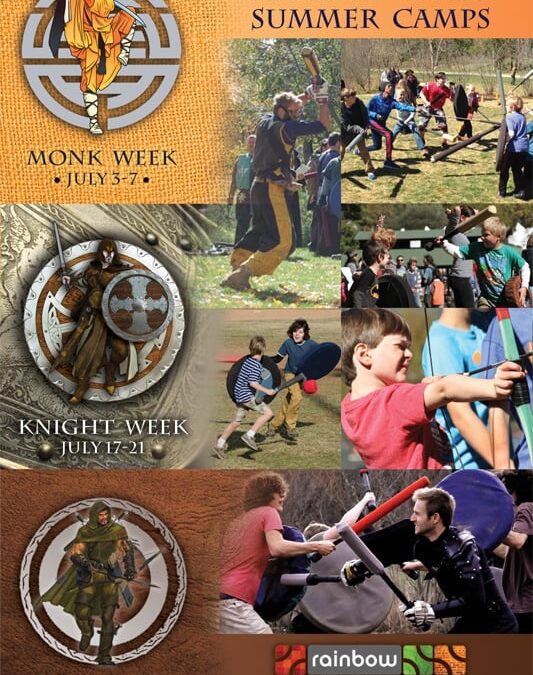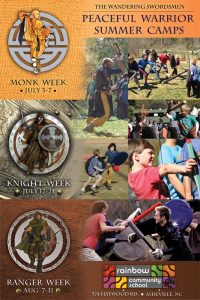
by Webmaster | Jun 24, 2014 | Director's Blog, Global Citizenship, Home Page News, News
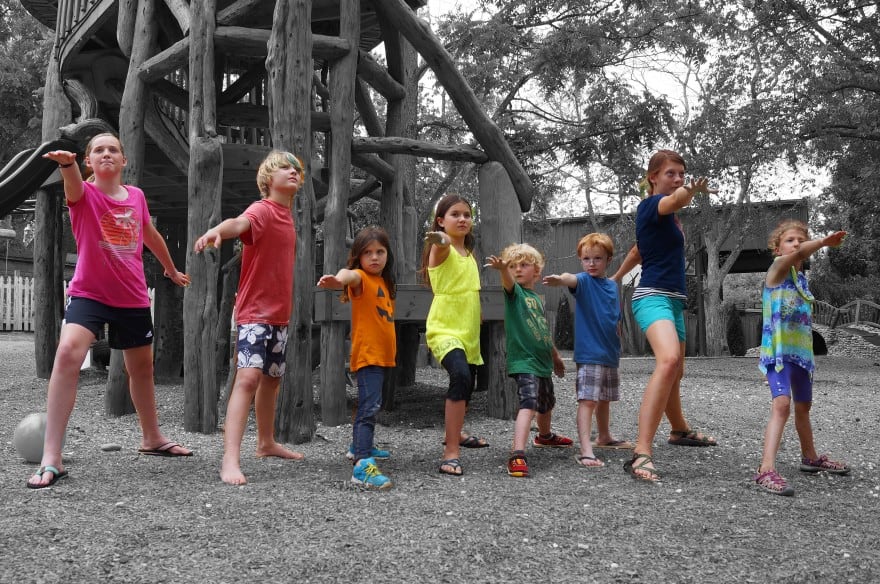
Rainbow Warriors
Students who come to our school become the Rainbow Warriors. They learn about themselves, how to relate to the world, how to live sustainable lives, and how to respect all people. The Warrior is our mascot.
There is a story behind the mascot. Its roots are deep in the Native American Indian tradition.
This story is adapted from Warriors of the Rainbow by Reneé Owen.
Long ago, when various tribes roamed this land, there was an elder named Eyes of Fire, who could foresee the future. She foretold that because of the greed of the people, one day the fish in the streams would begin to die, birds would fall from the air, the oceans and seas would turn black, and the trees would cease to be.
There would come a time when “keepers of the legend, rituals, and myths would be needed to restore us to health.” The keepers of this sacred knowledge and these Ancient Customs would have a name: the Warriors of the Rainbow.
They will be humankind’s key to survival.
The Rainbow Warriors would be many and great. They must be strong of heart for there will be terrifying mountains of ignorance to conquer. They will find willing hearts and minds that will follow them on this road of returning Mother Earth to beauty and plenty once more.
These Warriors would tell how the world today has turned away from the Way of the Great Spirit and that is why the Earth is sick. Thus, the Warriors must teach the Way of the Great Spirit with love that flows like the pristine mountain streams to the oceans of life. They would show that miracles can be accomplished to heal this world and restore Mother Earth to health.
The Warriors of the Rainbow would see that their young were educated with love and wisdom of their surroundings.
They would teach respect for Nature. They would teach the people the ancient practices of Unity, Love, and Understanding. They would teach of Harmony among the people of all four corners of the Earth.
There would come a day of awakening when all the peoples of all the tribes would form a New World of Justice, Peace, Freedom and recognition of the Great Spirit. The sick and needy would be cared for by their brothers and sisters of the Earth.
The children would once again be able to run free and enjoy the treasures of Mother Earth. The rivers would again run clear, and the forest would be abundant and beautiful. The powers of the plants and animals would again be respected, and protection of all that is beautiful would become a way of life.
The day will come, it is not far away. The day that we shall see how the ancient knowledge will be our key to survival, and return us to harmony with Nature and humankind.
Photo credit: Cynthia Calhoun
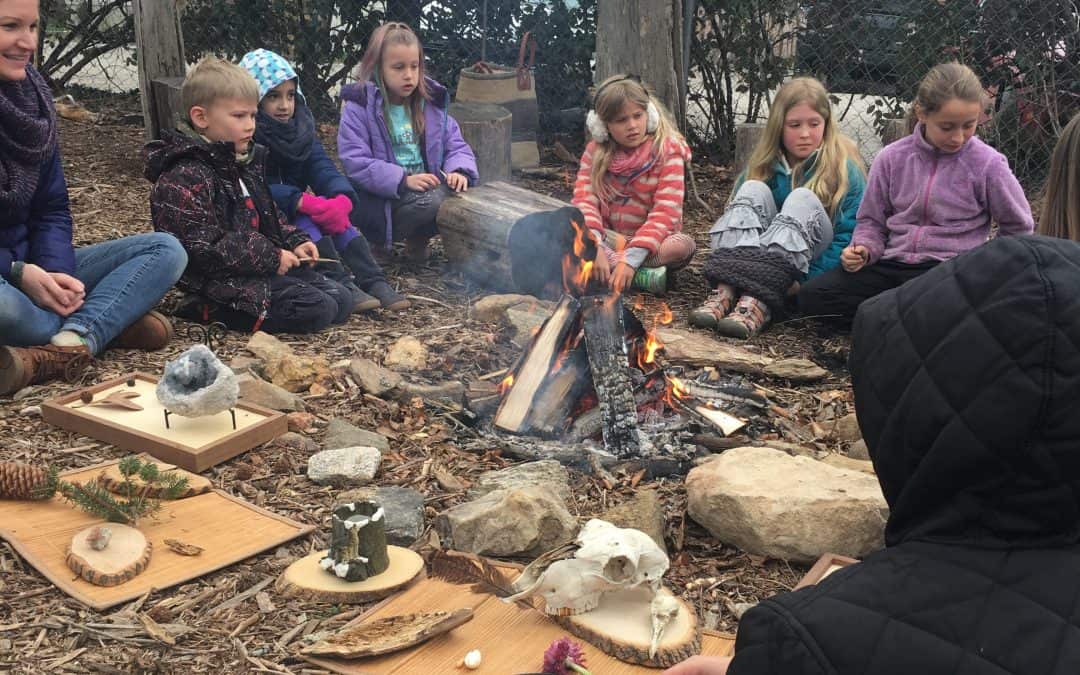
by West | Apr 23, 2017 | Blogs, Rainbow Institute
On April 22, 2017 billions of people worldwide will commune with the Earth through a variety of celebratory activities honoring Earth Day! Earth Day, started in 1970 is the largest secular holiday- celebrated by more 193 countries. Although observed to provoke environmental awareness, action and policy changes, RCS sees Earth Day as an opportunity to pay respect to the sacred bond between nature and humanity.
Earth Day is everyday at RCS! The natural world serves as an important teacher in the lives of all our students. This connection is emphasized in our mission to “develop accomplished, confident, and creative learners who are prepared to be compassionate leaders in building a socially just, spiritually connected, and environmentally sustainable world” and serves as one of our 12 guiding principles “through understanding nature we understand ourselves therefore the learning environment extends into the natural world, the greater community. A relationship with Nature yields stewardship.”
The natural domain is also one of the Seven RCS Learning Domains that shapes our holistic model. Growth and development in the natural domain is nurtured through various learning experiences that become part of daily routines and rituals. Please see the table below for the learning goals and descriptors.

We also strive to nurture deep nature-student relationships through various nature based centering practices that emphasize this spiritual learning goal:
Communion with the natural world: Understanding our interconnection with the natural world. Cultivating a reverence for Life. The Natural World serves as our teacher and guide as we explore our inner selves.
Additionally, RCS’s mascot happens to be The Rainbow Warrior. The legend of the Rainbow Warrior names the warrior as a protector of Mother Earth. In this legend, there will come a day when people of all races, colors, and creeds will put aside their differences and will band together- unified. Like the colors of the rainbow, they will move over the Earth like a great Whirling Rainbow, bringing peace, understanding and healing everywhere they go. Creatures thought to be extinct or mythical will resurface at this time. Great trees that perished will return almost overnight. All living things will flourish. If you wish to read more about why we chose the Rainbow Warrior as our mascot and the legend in full please click here.
Everyday at RCS is Earth day. This incredible reverence and respect for the natural world permeates our curriculum and our culture. We all have a stake in caring for this Earth – is some cases it is a religious value, in others a moral responsibility or a matter of equity. The RCS holistic model specifically emphasizes nurturing environmental stewards that have a intimate, empathic and sacred connection with the Earth. It is through this empathy and connection from which they solve environmental problems. Additionally, by cultivating a sense of the divine or sacred in nature than it has the power to become a life-long spiritual teacher.

by Cynthia Calhoun | Feb 21, 2019

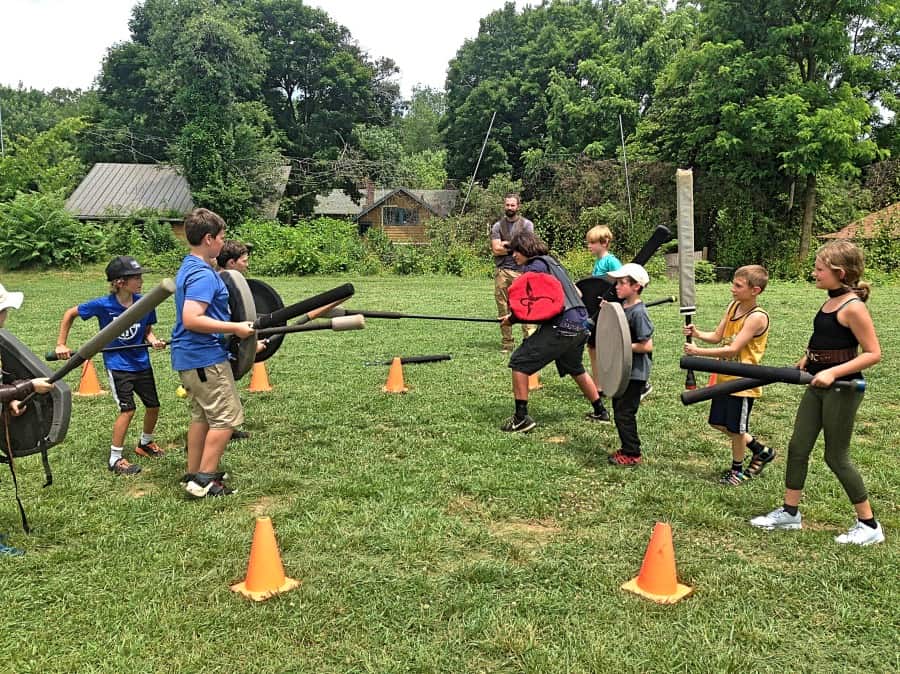
by Cynthia Calhoun | Feb 21, 2019

summer programming camp









